Two-phase Bubbly Flow CFD Simulation, ANSYS Fluent Training
Two-phase Bubbly Flow CFD Simulation, ANSYS Fluent Training
- Upon ordering this product, you will be provided with a geometry file, a mesh file, and an in-depth Training Video that offers a step-by-step training on the simulation process.
- For any more inquiries regarding the product, please do not hesitate to reach out to us at info@CFDLAND.com or through our online support assistant.
€175.00 Original price was: €175.00.€115.00Current price is: €115.00.
Two-phase bubbly flow, shown by a rising bubble, is an interesting effect that happens when separate gas bubbles move through a continuous liquid. The difference in density between the gas inside the bubble and the liquid around it gives the bubble a rising force as it rises. The bubble rises because it floats, and its form and speed are affected by things like the viscosity of the liquid, the surface tension, and the size of the bubble. The way rising bubbles move is very important in many industrial processes, such as chemical reactions, oil and gas production, and treating wastewater. Figuring out how these rising bubbles behave is important for making mixing more effective, transferring heat more efficiently, and making the whole system work better in various situations, from chemical reactions to environmental engineering solutions. The current study was performed based on the reference paper entitled “ Effect of a uniform magnetic field on dielectric two-phase bubbly flows using the level set method. “
- Reference [1]: Ansari, M. R., A. Hadidi, and M. E. Nimvari. “Effect of a uniform magnetic field on dielectric two-phase bubbly flows using the level set method.” Journal of Magnetism and Magnetic Materials23 (2012): 4094-4101.
Figure 1: Schematic geometry of the problem
Simulation Process
It is assumed that bubbles start with a spherical shape. At the beginning, things are stationary. The form of this case study is thought to be the vertical channel of the rectangular shape where the bubble is put in the liquid. 25520 cells establish the structured grid. The prominent feature of the study is the usage of the Coupled Level Set + Volume Of Fluid (VOF) multiphase model. Level Set is needed for flows that are controlled by surface tension and where the unwanted currents need to be cut down by making the interface curvature estimate better.
Post-processing
The complicated behavior of a rising gas bubble in a liquid is shown by simulating a two-phase bubbly flow. It shows a vertical column filled with blue liquid and a single red gas bubble with a form that looks like a crescent. This change from a normal sphere shape shows that there is a lot of interaction between the forces of buoyancy, which push the bubble up, and drag forces from the liquid around it. A thin yellow-green line shows the sharp border between phases. This suggests that surface tension is present but not the main force shaping the bubble. Because the bottom of the bubble is concave, there is a wake area where the flow separates as the liquid moves around the bubble. For industrial processes that use gas-liquid interactions, like bubble column reactors and airlift bioreactors, this crescent-shaped bubble is critical. The deformed bubble may boost the interfacial area, which could lead to faster mass transfer rates. This is important for getting the best performance from the reactor. Based on what has been seen, simplified models that assume bubbles are spherical might not accurately describe how more giant bubbles behave in these systems. With these new ideas, it will be easier to make more accurate predictions about mass transfer rates, bubble rise speeds, and the general efficiency of the reactor.
We pride ourselves on presenting unique products at CFDLAND. We stand out for our scientific rigor and validity. Our products are not based on guesswork or theoretical assumptions like many others. Instead, most of our products are validated using experimental or numerical data from valued scientific journals. Even if direct validation isn’t possible, we build our models and assumptions on the latest research, typically using reference articles to approximate reality.
Yes, we’ll be here . If you have trouble loading files, having technical problems, or have any questions about how to use our products, our technical support team is here to help.
You can load geometry and mesh files, as well as case and data files, using any version of ANSYS Fluent.
€270.00 Original price was: €270.00.€165.00Current price is: €165.00.

€195.00 Original price was: €195.00.€145.00Current price is: €145.00.

€195.00 Original price was: €195.00.€150.00Current price is: €150.00.

€360.00 Original price was: €360.00.€185.00Current price is: €185.00.

€190.00 Original price was: €190.00.€125.00Current price is: €125.00.

€210.00 Original price was: €210.00.€155.00Current price is: €155.00.




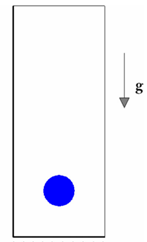
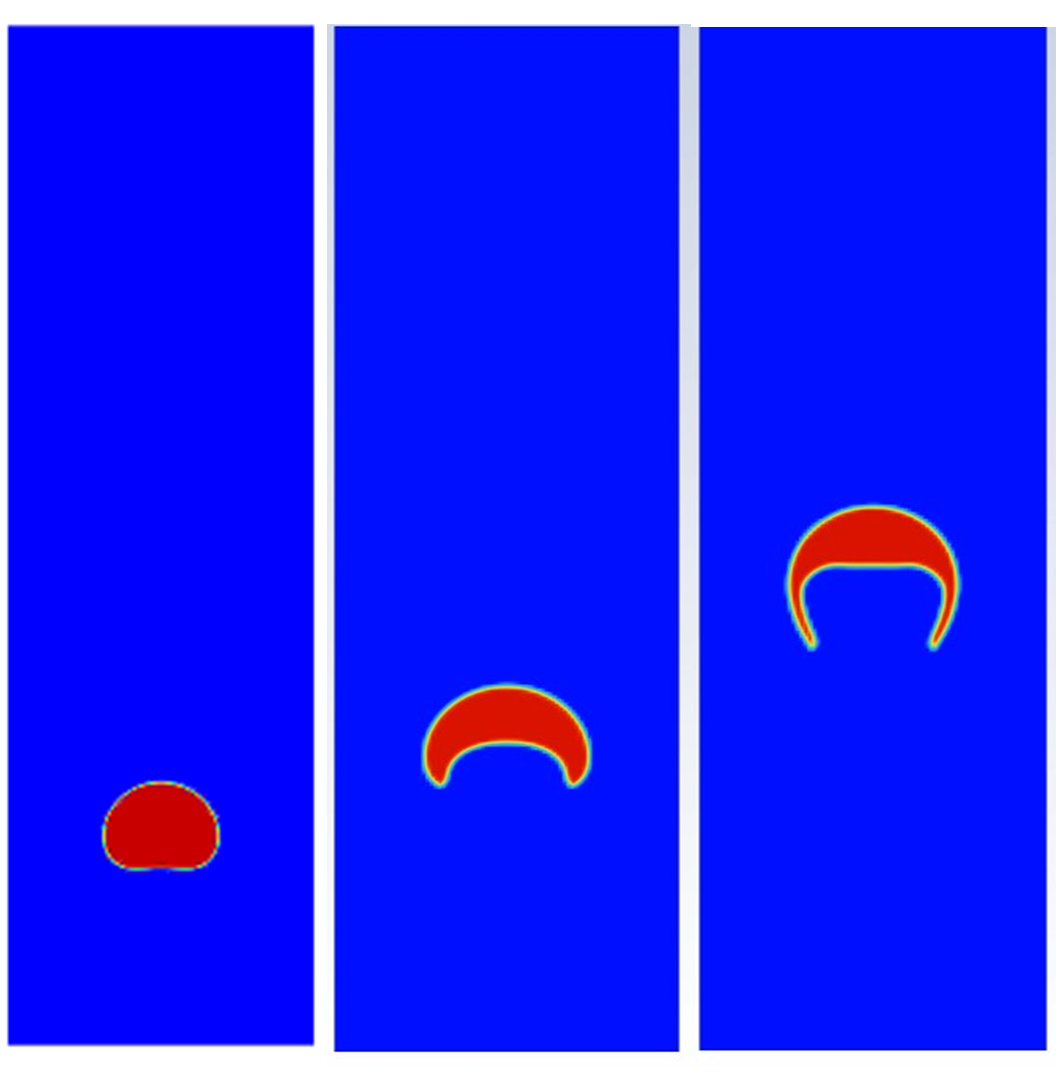






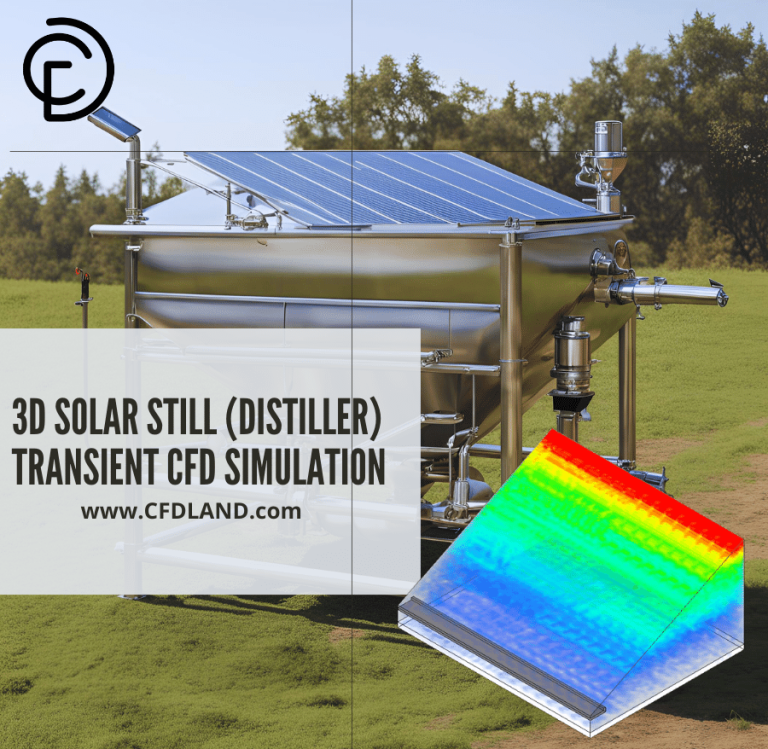
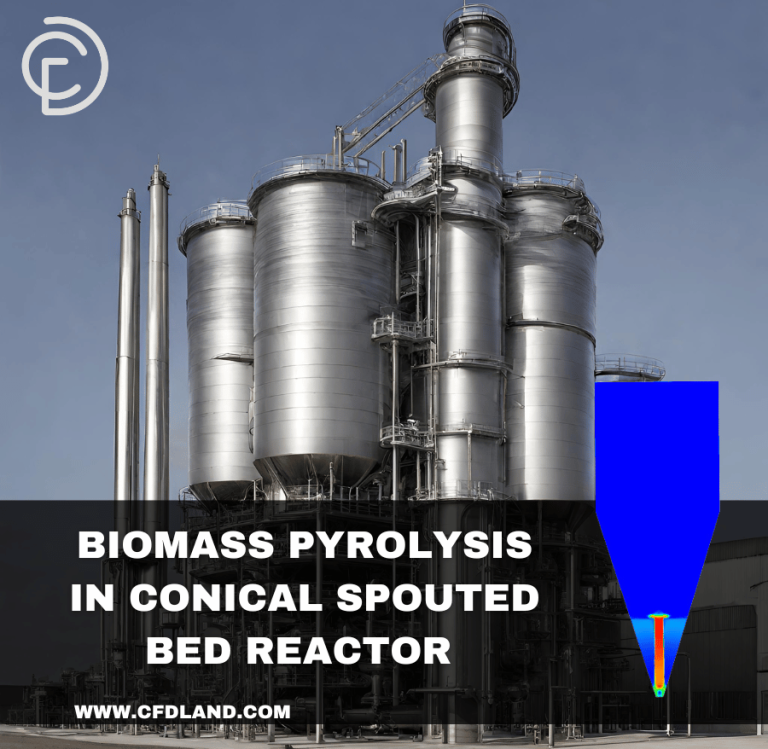

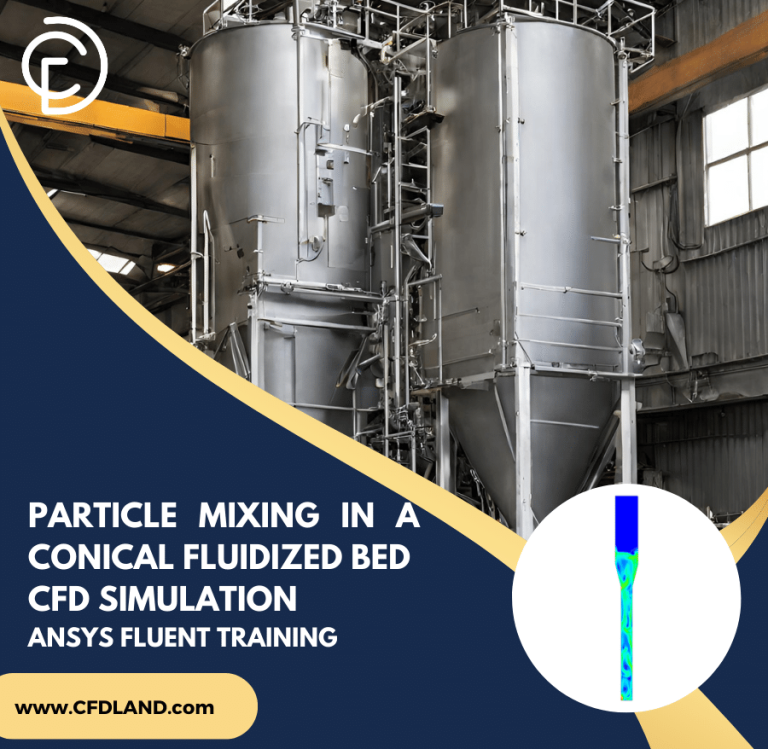
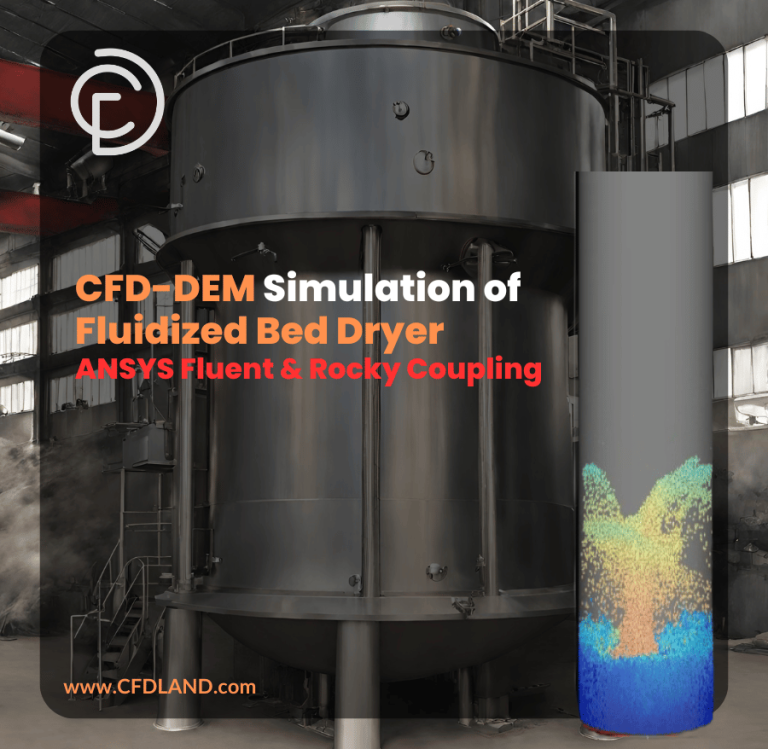
Reviews
There are no reviews yet.